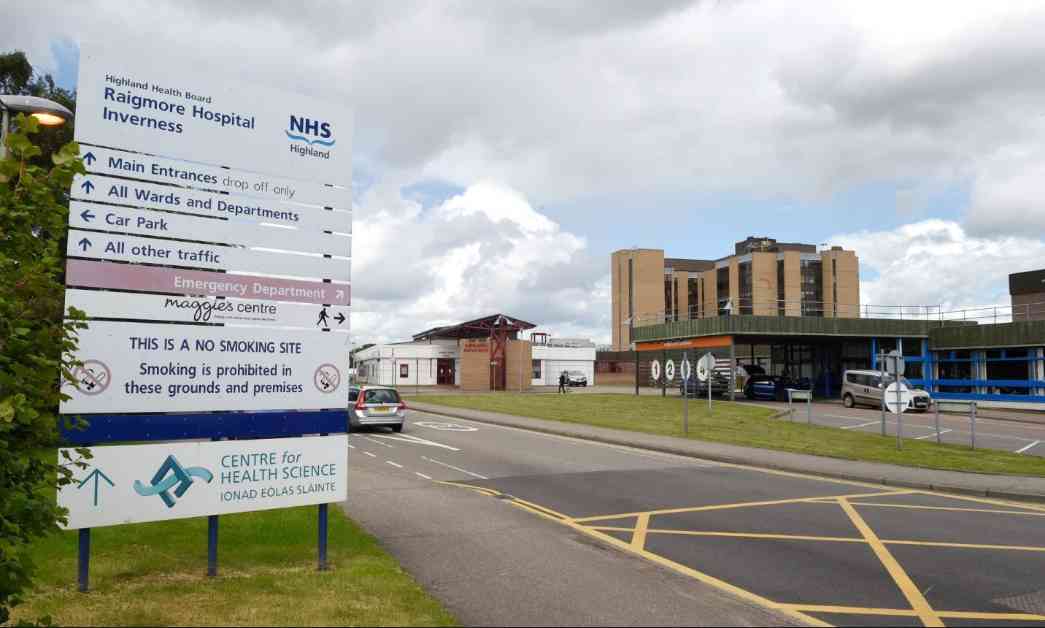Pest Infestation Threatens Public Health in Highland and Grampian NHS Buildings
Pest control call-outs have been on the rise across NHS buildings in Highland and Grampian, raising concerns about public health and safety. The gruesome details of infestations, ranging from mouse droppings to rat nests, have come to light, shedding light on the severity of the issue that has cost health boards millions of pounds in recent years.
Horror Stories Unveiled
The alarming reports include a mouse nest found in a nurse’s bedroom, a rat infestation in a doctors’ house, bed bugs infesting patient accommodation at Raigmore, and mice droppings covering everything in the Fort William Dental Unit, all within NHS Highland. Meanwhile, NHS Grampian has battled crawling and flying insects, rodents, wasps, and birds at facilities like Aberdeen Royal Infirmary. Even NHS Orkney has not been spared, reporting sightings of mice in hospital restaurants, along with bluebottles, birds, and rats at Balfour Hospital. The extent of the issue is further highlighted by NHS Western Isles’ expenditure of nearly £2,000 on removing bluebottles and wasps in the past year alone.
Financial Burden and Political Response
Freedom of Information data obtained by Scottish Labour reveals that Scottish health boards have collectively spent over £4 million on pest control over the past six years, with NHS Grampian and NHS Highland bearing significant financial burdens. North East MSP Michael Marra has called on the SNP to ensure that the substantial funding allocated for NHS capital projects is utilized effectively to address these critical issues.
Health Boards’ Response and Government Action
Health boards have emphasized the necessity of pest control as a routine part of managing their buildings, with regular checks and expert support in place. While NHS Highland has implemented scheduled pest control visits and swift response to reported issues, the Scottish Government has outlined plans for significant capital investment and additional funding toward maintenance of the existing estate to tackle the problem at its core.
As the public grapples with the unsettling reality of pest infestations in crucial healthcare settings, it is evident that immediate action and comprehensive strategies are imperative to safeguard public health and well-being. The battle against pests in hospitals and clinics remains ongoing, underscoring the importance of proactive measures and vigilant oversight to ensure a safe and hygienic environment for patients, staff, and visitors alike.












